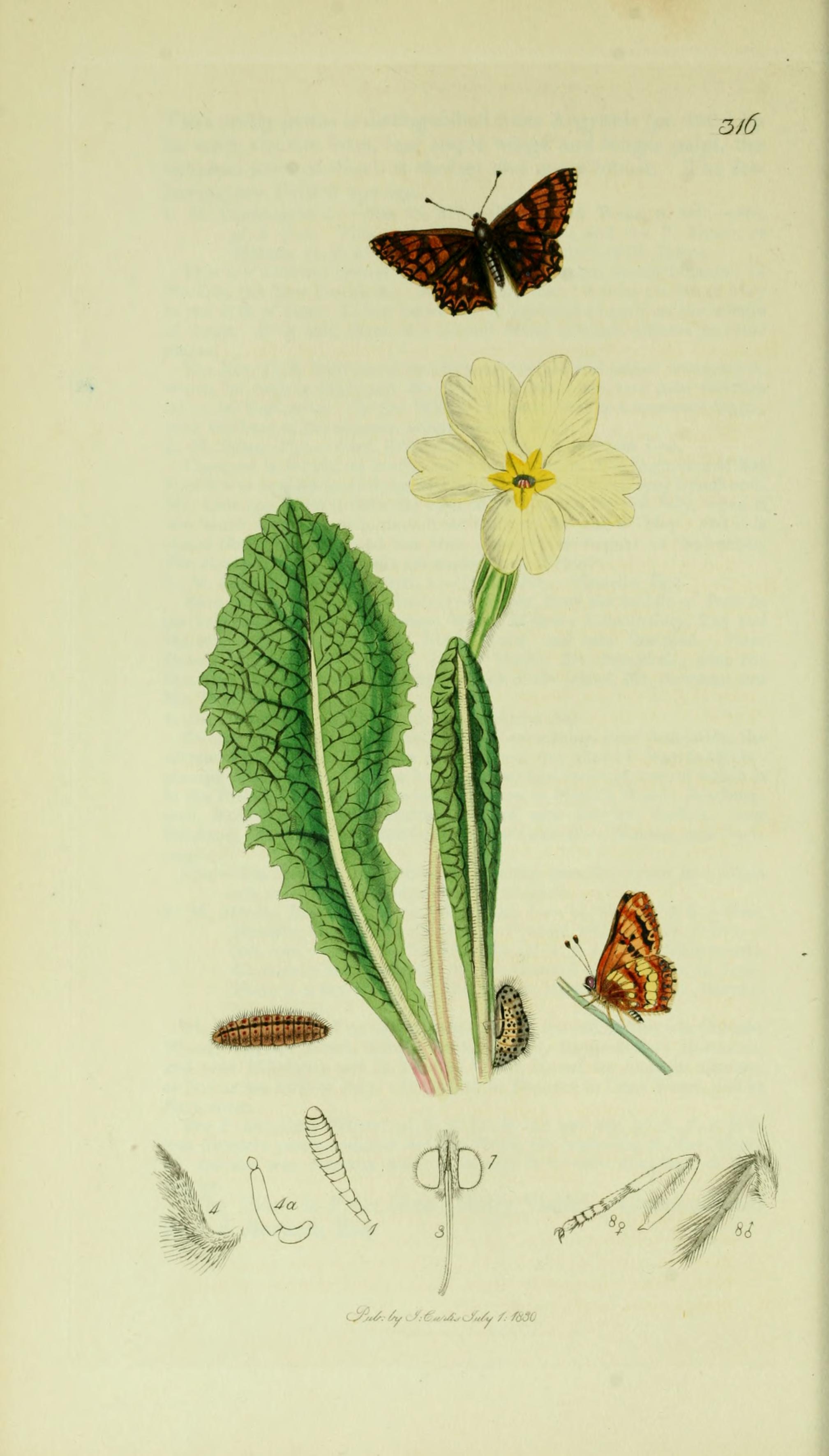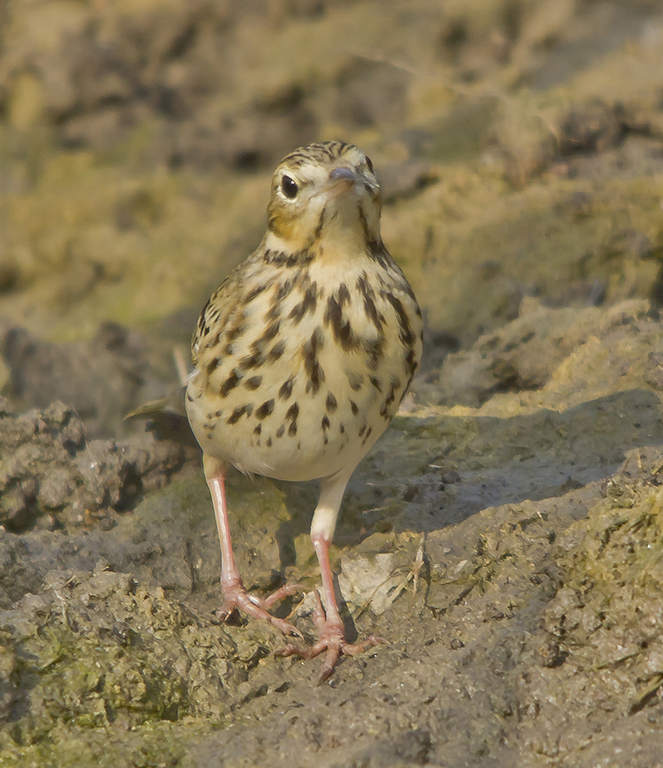|
Cutsdean Quarry
Cutsdean Quarry () is a nature reserve in Gloucestershire, England.Kelham, A, Sanderson, J, Doe, J, Edgeley-Smith, M, et al., 1979, 1990, 2002 editions, 'Nature Reserves of the Gloucestershire Trust for Nature Conservation/Gloucestershire Wildlife Trust' The site is listed in the 'Cotswold District' Local Plan 2001-2011 as a Key Wildlife Site (KWS). The site is managed by the under licence from the Stanway Estate since 1981. [...More Info...] [...Related Items...] OR: [Wikipedia] [Google] [Baidu] |
Gloucestershire
Gloucestershire ( abbreviated Glos) is a county in South West England. The county comprises part of the Cotswold Hills, part of the flat fertile valley of the River Severn and the entire Forest of Dean. The county town is the city of Gloucester and other principal towns and villages include Cheltenham, Cirencester, Kingswood, Bradley Stoke, Stroud, Thornbury, Yate, Tewkesbury, Bishop's Cleeve, Churchdown, Brockworth, Winchcombe, Dursley, Cam, Berkeley, Wotton-under-Edge, Tetbury, Moreton-in-Marsh, Fairford, Lechlade, Northleach, Stow-on-the-Wold, Chipping Campden, Bourton-on-the-Water, Stonehouse, Nailsworth, Minchinhampton, Painswick, Winterbourne, Frampton Cotterell, Coleford, Cinderford, Lydney and Rodborough and Cainscross that are within Stroud's urban area. Gloucestershire borders Herefordshire to the north-west, Worcestershire to the north, Warwickshire to the north-east, Oxfordshire to the east, Wiltshire to the south, Bristol and Somerset ... [...More Info...] [...Related Items...] OR: [Wikipedia] [Google] [Baidu] |
Woolly Thistle
''Cirsium eriophorum'', the woolly thistle, is a herbaceous biennial species of flowering plant in the genus '' Cirsium'' of the family Asteraceae. It is widespread across much of Europe. It is a large biennial plant with sharp spines on the tips of the leaves, and long, woolly hairs on much of the foliage. The flower heads are large and nearly spherical, with spines on the outside and many purple disc florets but no ray florets. Description A tall, biennial plant, ''C. eriophorum'' reaches heights of . The strong, branched stem is densely woolly hairy but has no wings. The stiff leaves are usually pinnate with strong, yellow spines; the lowest leaves are up to long. The leaf margins are rolled over and the underside of the leaf is felted with white hair. The inflorescence is cymose with a few large flowers with a diameter of up to . These are globular and densely covered with woolly hair. They contain many tubular florets, with long purple tubes and purple stamens, each w ... [...More Info...] [...Related Items...] OR: [Wikipedia] [Google] [Baidu] |
Ringlet
The ringlet (''Aphantopus hyperantus'') is a butterfly in the family Nymphalidae. It is only one of the numerous "ringlet" butterflies in the tribe Satyrini. Range The ringlet is a widely distributed species found throughout much of the Palearctic realm. In Europe it is common in most countries but absent from northern Scandinavia, peninsular Italy (found in northern Italy), Portugal, southern and central Spain (found in Cantabrian Mountains and the eastern Pyrenees), the Mediterranean islands and North Africa. In Greece it is found in northern regions (Macedonia, Thessaly). Beyond Europe it is found across much of temperate Asia including Russia, Siberia, Mongolia, China and Korea. Description ''Aphantopus hyperantus'' is a medium-sized butterfly with a wingspan of up to 35 to 42 millimeters. The wing upper and lower sides are solid brown with small, yellowish-rimmed eyespots. The newly emerged ringlet has a velvety appearance and is almost black with a whi ... [...More Info...] [...Related Items...] OR: [Wikipedia] [Google] [Baidu] |
Hamearis Lucina
''Hamearis lucina'', the Duke of Burgundy, the only member of the genus ''Hamearis'', is a European butterfly in the family Riodinidae. For many years, it was known as the "Duke of Burgundy fritillary", because the adult's chequered pattern is strongly reminiscent of "true" fritillaries of the family Nymphalidae. Taxonomy and systematics Riodinidae is currently treated as a distinct family within the superfamily Papilionoidea, but in the past they were held to be the subfamily Riodininae of the Lycaenidae. Earlier, they were considered to be part of the now defunct family "Erycinidae", whose species are divided between this family and the subfamily Libytheinae. The genus ''Hamearis'', described by Jacob Hübner in 1819 is a monotypic genus of uncertain position (''incertae sedis''). Here it is considered part of subfamily Nemeobiinae, tribe Zemerini, within the metalmark butterfly family (Riodinidae). The origin of the common name is not known and the species was once called ... [...More Info...] [...Related Items...] OR: [Wikipedia] [Google] [Baidu] |
European Greenfinch
The European greenfinch or simply the greenfinch (''Chloris chloris'') is a small passerine bird in the finch family Fringillidae. This bird is widespread throughout Europe, North Africa and Southwest Asia. It is mainly resident, but some northernmost populations migrate further south. The greenfinch has also been introduced into Australia, New Zealand, Uruguay, and Argentina. Taxonomy The greenfinch was described by Carl Linnaeus in his landmark 1758 10th edition of ''Systema Naturae'' under the binomial name ''Loxia chloris''. The specific epithet is from ''khloris'', the Ancient Greek name for this bird, from ''khloros'', "green". The finch family, Fringillidae, is divided into two subfamilies, the Carduelinae, containing around 28 genera with 141 species and the Fringillinae containing a single genus, '' Fringilla'', with four species. The finch family are all seed-eaters with stout conical bills. They have similar skull morphologies, nine large primaries, 1 ... [...More Info...] [...Related Items...] OR: [Wikipedia] [Google] [Baidu] |
Tree Pipit The tree pipit (''Anthus trivialis'') is a small pass |
.jpg)
_-_Keila.jpg)

.jpg)
